As part of BRAVE, Harbourfront’s multidisciplinary arts festival, the Museum of Broken Relationships will make its Ontario premiere this July. This travelling museum is composed of donated objects from individuals all over the world, with each of them telling secret stories about past heartache. Items in its permanent collection include long-lost love letters, photos, a lottery ticket, motion sickness bags, a red wig, and even a discarded human scab. Contrary to what the title implies, the Museum is actually full of hope, life, resilience and inspiration, captured by a collection that will definitely feel familiar.
Plus, The Museum of Broken Relationships is looking to source some local objects for the exhibit, so you’re invited to submit your heartbreak mementos and sentimental objects here (submission deadline is June 2).
We chatted with the co-curator of the museum, Olinka Vištica, about the exhibit.
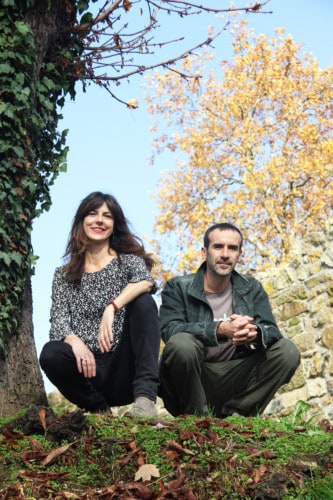
Olinka Vištica and Dražen Grubišić
SDTC: How did this collection initially take shape?
OV: As so many other things in life, the idea of the Museum of Broken Relationships was born out of a personal experience. It first occurred to us as a concept in a late-night conversation, one of many Dražen and I had during our break up, while desperately trying to say goodbye to each other as our relationship was obviously running out of fuel. However, it took a period of over two years before the idea fully formed itself and came into existence. As it happened, we shared our thoughts with friends, and everybody we talked to reacted so enthusiastically to the concept. It’s one of those really simple ideas that come to one’s mind in plain conversation. What to do with all those tokens of love, material and immaterial, that you store during your relationship? Wouldn’t it be great if there was a place, a museum of a kind that could help you store it for some time?
The museum’s first exhibition took place in Zagreb in 2006. The shipping container, which we used as a space for our display showcased a small collection of objects donated by our friends and acquaintances. At the time, we were proud of our little art project and quite unsuspecting of what was going to happen next. Soon we were flooded by phone calls and emails from people who liked the idea and wanted to host the exhibition elsewhere. Thirteen incredible years later, we have a brick-and-mortar museum in Zagreb and have exhibited in fifty cities worldwide, from Singapore to San Francisco, Manila, Cape Town, London, Paris, Berlin and here we are about to land in Toronto.
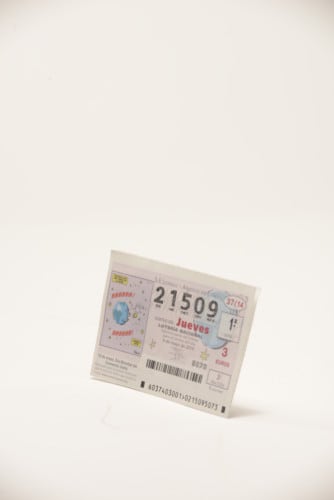
Which object donated to the Museum of Broken Relationships has made the biggest impression on you, and why?
Oh, there are so many. [It’s] hard to single out just one. I’m sure many more are yet to come. One of the first exhibits we got comes to my mind quite often: An under-knee prosthesis of a war veteran who fell in love with a nurse during the last war in Croatia. I got the object while having a drink in a bar. A man I did not know at the time approached me and took it theatrically out of a plastic bag. His story of love infatuation happened in a hospital while he was recovering from wounds. He jokingly concludes that the prosthesis lasted longer than their love as it was made of sturdier material.
If I would speak for our visitors, the one they mention so often in the conversations (while bursting in laughter) is definitely the Toaster of Vindication from Boulder, Colorado. The caption goes: When you moved out, I took the toaster. How are you going to toast anything now!
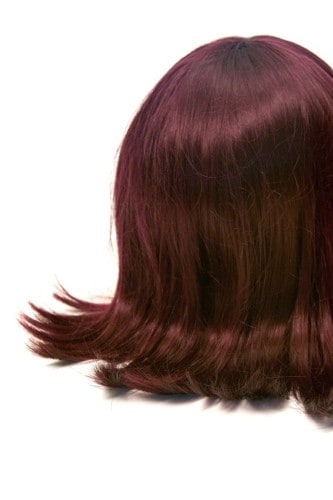
What story of heartbreak really resonated with you personally?
The one that really got to me recently was a lottery ticket from Spain that tells a story of heartbreak due to the treason of a long-time friendship. But I can also laugh out loud and ponder over arid simplicity and truth expressed by A Can of Love Incense from Bloomington that simply states: “Doesn’t work.”
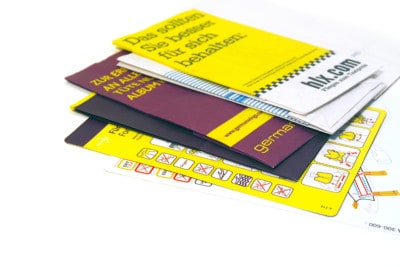
Why are we compelled to learn more about the broken relationships of others?
Each story is still a unique and intimate testament, a fragment of personal history that resonates with different emotions ranging from irony to bittersweet melancholy, heavy disappointment to lightheartedness. To put it simply, every new museum item feels like a chance encounter on a train, or an overseas flight, where a total stranger opens your heart to you. You feel alive, you feel human, you feel privileged, you feel how connected in love and loss we all are. There is comfort in knowing that we are all on the same emotional rollercoaster when it comes to something so vital, so essential as the human encounter—its highs and its lows. Museum becomes less of a dusty archive and more of an open space for sharing. It is a public place where people find solace and beauty in the company of strangers’ stories.
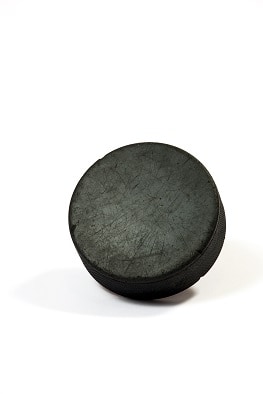


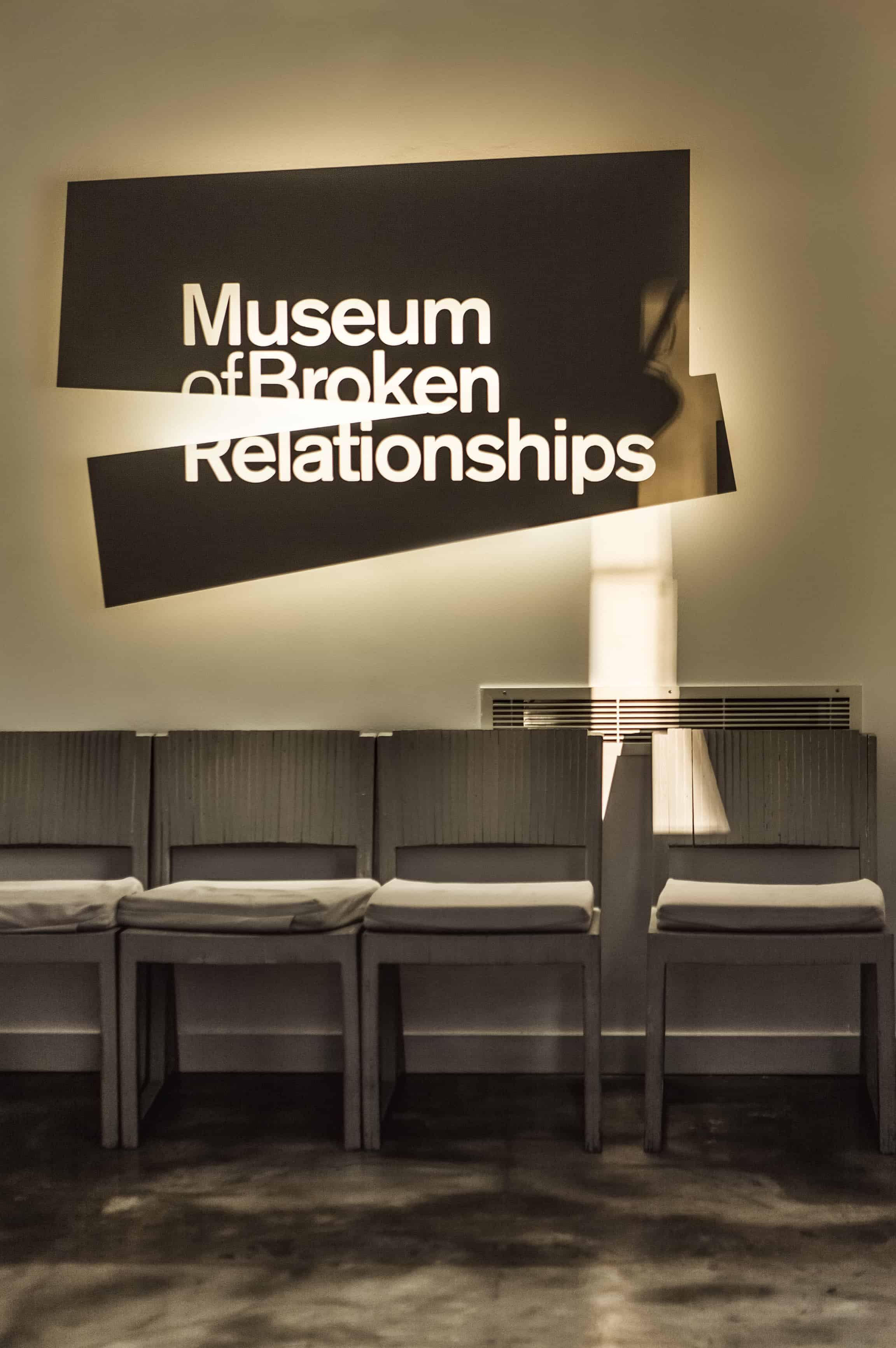
 Follow Us On Instagram
Follow Us On Instagram
